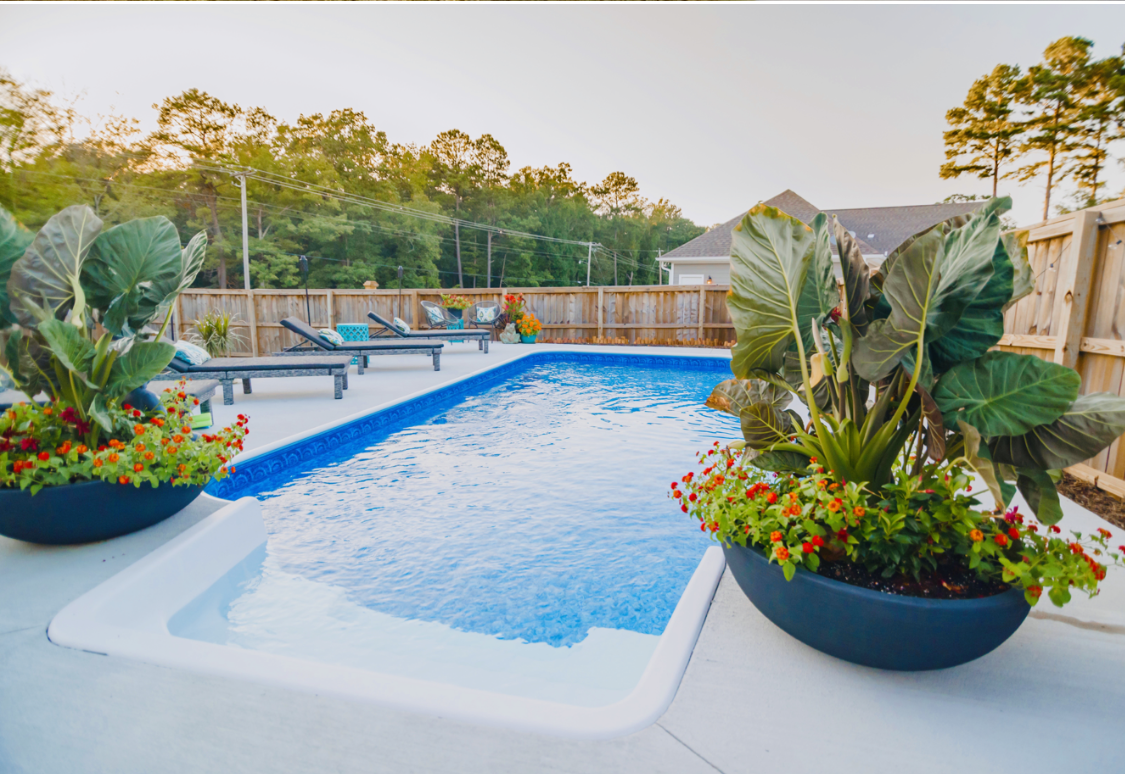For kids around the country, the time has come – school is almost back in session! The time for sending your children to camp for the summer may be over this year -and let’s face it, can get expensive quickly, so Many of these ideas can work for fall, winter and spring break stay-cations as well!
One of the first things to think about is teaming up with other families to join in on the fun. Have a lot of friends in the area? Ask if they would like to coordinate and have camp with all the kids from around the neighborhood! This could be a great way to get back in touch with old mates or meet new friends and lesson back-to-school anxietyies.
Before you have your campers over, prepare your house to minimize any mess: cover outdoor tables with plastic or oil cloth for arts and crafts. Old rugs or sheets are a great way to cover decks, patios, or any other area you would like to protect from paint or other materials. Planning on doing arts and crafts projects? Have a rinsing station and drying rack set-up for post project clean up.
A few simple solutions can quickly give your backyard that classic camp feeling. Greet guests with a hand painted sign welcoming them to your dream camp. Have your campers personalize other signs to hang around the rest of your “campsite”. Have a fire-pit or outdoor movie screen? Set up wood logs, blankets, or outdoor chairs around that area and enjoy. Use the fire-pit for another camp must-have: s’mores. Expecting a sleepover? Set up tents and sleeping bags outside to really give that campsite feel (scary stories included).
Now it is time to plan out your perfect camp itinerary. Having a theme is a great way to keep the kids attention throughout the day and give you the opportunity to plan activities around one specific topic. Some example themes are animals, outer space, sports, or princesses! Your home will be the envy of the neighborhood.
See below for some ideas for activities:
Outdoors:
Tug of War or Stumps
This is a summer camp classic and kid favorite. Play the classic way or use a couple of crates to put a spin on the fun!
Set up the obstacle course of your dreams in your own backyard! Use the things you already have in your house – cones, chairs, balls, jump ropes, etc. – and split up your kids into teams for the ultimate showdown.
Treasure Hunt
Need an activity to take up a chunk of time that will keep the kids occupied? Stop your searching because the perfect activity is a treasure hunt! Send the kids on a hunt looking for 5-10 different clues. First one to find the treasure wins the prize! Click here to take a look at a cool spin on the classic treasure hunt!
Pool
Have a pool in your backyard? Hire a teenage lifeguard in the area for the day and enjoy the time in the sun.
Indoors:
Create your own camp tie-dye T-shirts and customize them with a secret camp slogan to make super special!
Puppet Show
Use paper bags to create puppets for a performance later in the day! Need ideas?
Other Crafts Projects
Projects like a homemade kaleidoscope are perfect to keep the kids occupied if the weather isn’t cooperating outside, or just want to give them a break from the hot summer sun!
One of the biggest advantages to having camp at home is that you get to set the dates and times on your own! Whether you plan on having activities for one day, a whole week, or sprinkled randomly throughout the year, your kids will love it!
Article courtesy of and modified from https://blog.coldwellbanker.com/backyard-summer-camp/


 Facebook
Facebook
 X
X
 Pinterest
Pinterest
 Copy Link
Copy Link

















